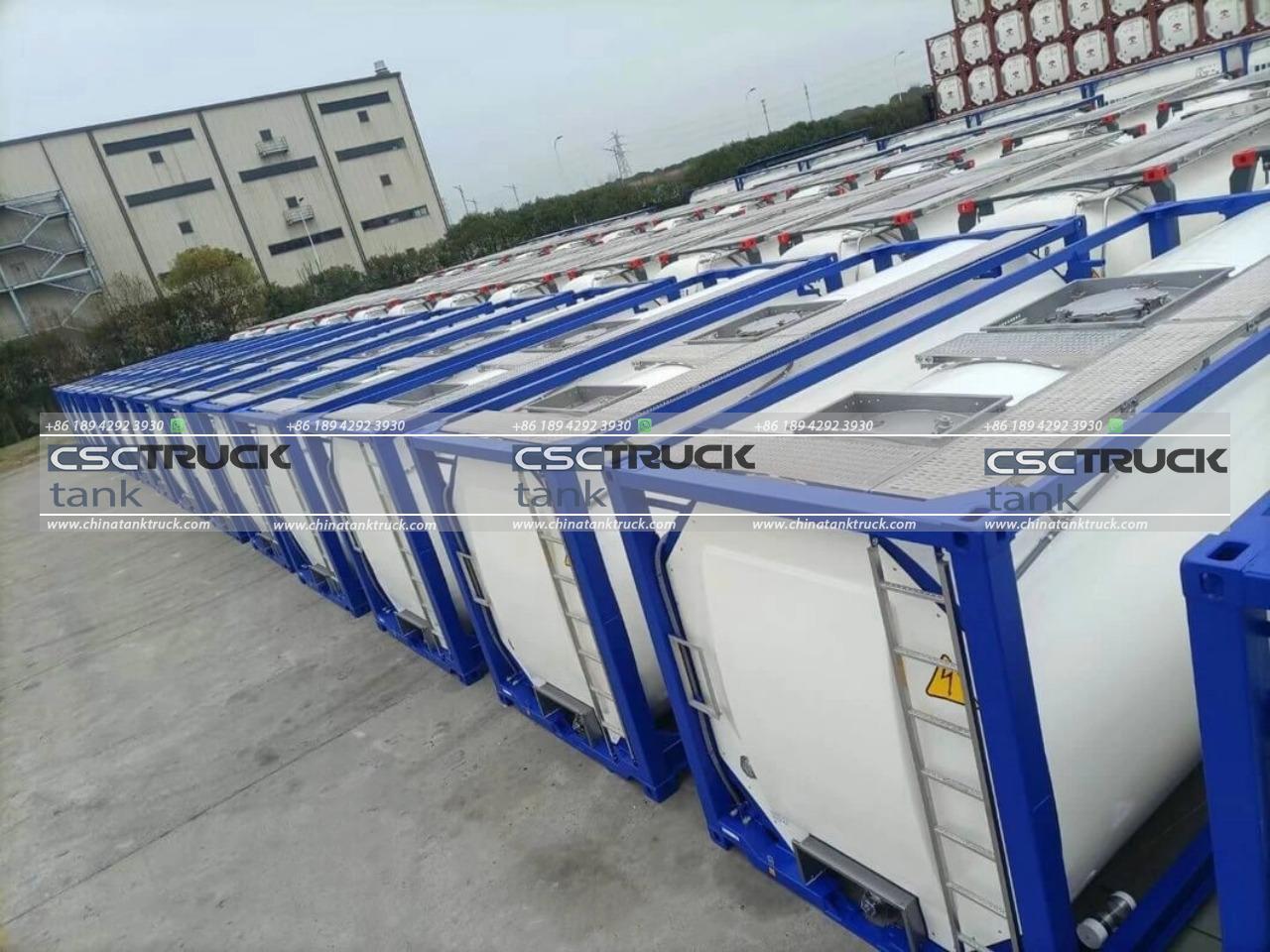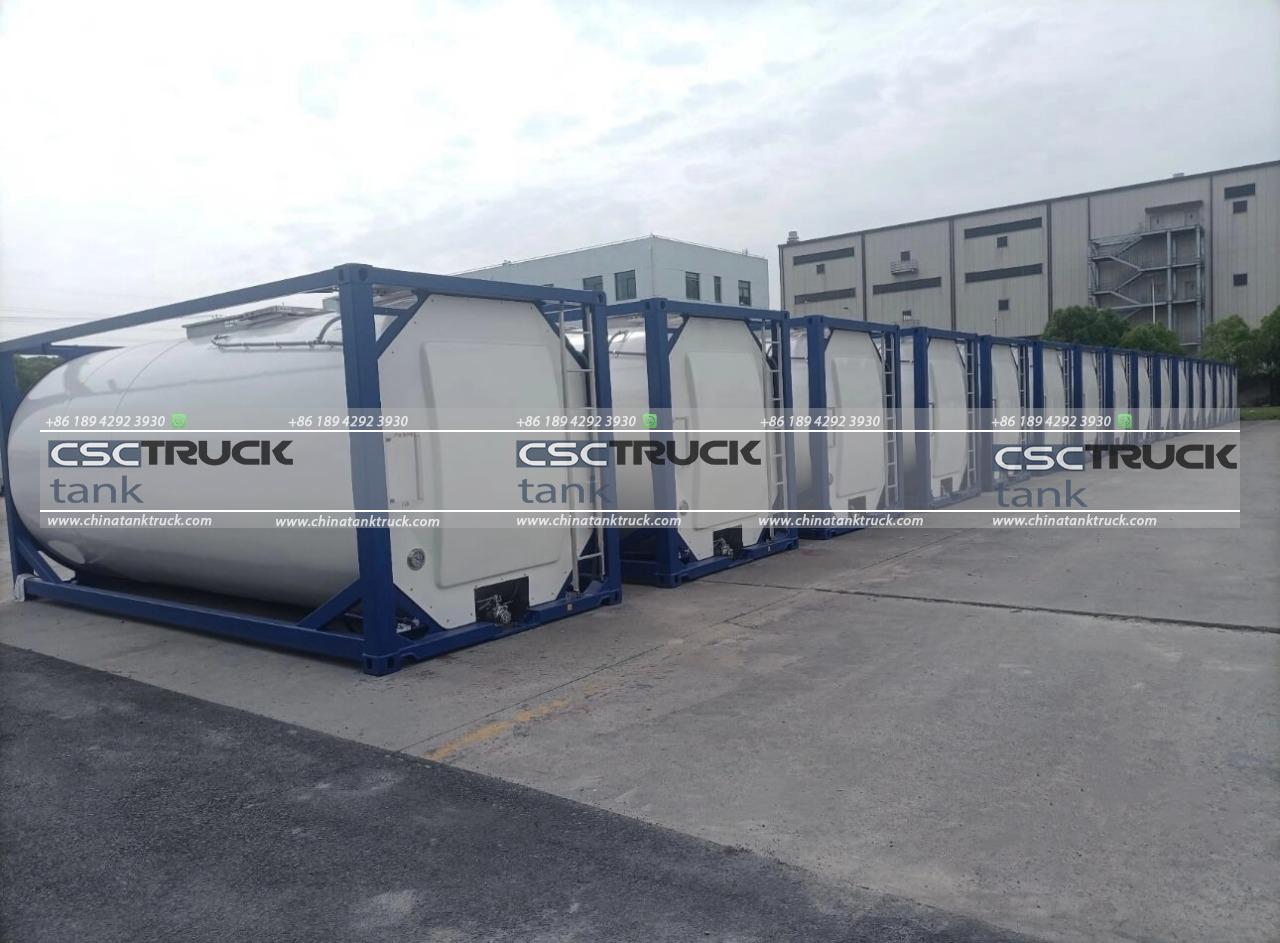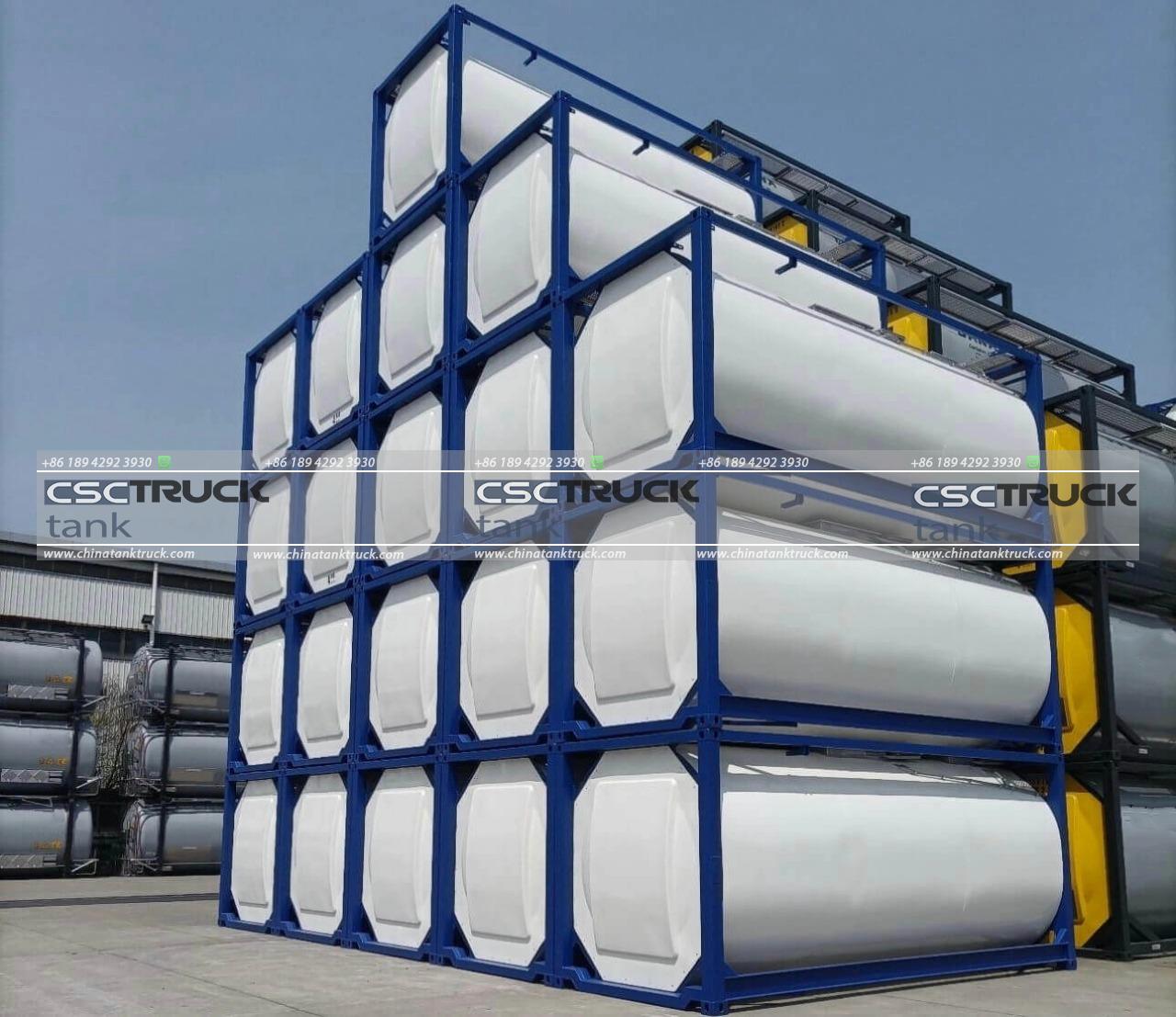What is the Difference Between a Tanker and an ISO Tank?
When it comes to transporting large quantities of liquids, gases, or dry materials, 2 commonly used container types are the tanker and the ISO tank. These are integral to industries such as oil and gas, chemical manufacturing, food and beverage, and many others. While both are used for bulk transportation, they serve different purposes, operate in varied environments, and have unique design characteristics that distinguish them from one another. Understanding the differences between a tanker and an ISO tank is essential for professionals in logistics, shipping, and manufacturing, as well as for anyone interested in the nuances of global supply chains.
What is a Tanker?
A tanker, in simple terms, is a vehicle or vessel specifically designed to transport bulk quantities of liquid or gas. Tankers can vary significantly in size, shape, and function based on the materials they carry, the mode of transportation, and the conditions in which they operate.

Types of Tankers
1. Road Tankers: These are the large, often cylindrical containers mounted on trucks that you might see on highways. Road tankers are designed to transport liquids like fuel, chemicals, milk, and other fluids. They are typically made from materials like stainless steel, aluminum, or carbon steel and are equipped with specialized valves, pumps, and sometimes heating or cooling systems to manage the contents effectively during transit.
2. Rail Tankers: Similar to road tankers, rail tankers are cylindrical containers mounted on train carriages. These are used to transport liquids over long distances, especially across vast landscapes where road access may be limited. Rail tankers can transport a wide range of materials, from crude oil to liquid chemicals and gases.
3. Ship Tankers: These are massive ocean-going vessels that are specially designed to transport liquids and gases in bulk. The most famous type of ship tanker is the oil tanker, but other types include chemical tankers, LNG (liquefied natural gas) carriers, and bulk cargo carriers for various liquids and gases.
4. Aircraft Tankers: Aircraft tankers, commonly referred to as aerial tankers, are used for refueling other aircraft in-flight or for tasks such as firefighting. While these are more specialized, they still fall under the broader category of tankers due to their function.
Key Characteristics of Tankers
– Non-Standardized Design: Tankers, especially those designed for road and rail transport, can be custom-built to suit the needs of the cargo or the customer. They often come with specific features like compartmentalization, insulation, or pressurization to transport hazardous or perishable goods safely.
– Single-Mode Transport: Tankers are generally designed for a specific mode of transportation, such as road, rail, or sea. For instance, a road tanker cannot easily transition to rail or sea transport without extensive modifications.
– Specialized Cargo: Most tankers are built to carry specific types of cargo. Oil tankers, for example, are optimized for the safe transport of petroleum products, while food-grade tankers are designed to carry liquids like milk or wine without contamination.

What is an ISO Tank?
An ISO tank (International Organization for Standardization tank) is a standardized, reusable tank container built according to ISO specifications. These containers are used for the safe and efficient transport of liquids, gases, and even solids in some cases, but they differ from traditional tankers in several important ways.
Key Characteristics of ISO Tanks
1. Standardized Design: ISO tanks are built to strict international standards, meaning they are always of a specific size and shape. The most common ISO tank size is the 20-foot container, although other sizes exist, such as 10-foot, 30-foot, or 40-foot versions. The standardization ensures that these tanks can be easily transported across various modes of transportation, including ships, trains, and trucks, without the need for specialized equipment.
2. Intermodal Transportation: One of the primary benefits of ISO tanks is that they are designed for intermodal transportation. This means they can be transferred between ships, trains, and trucks without needing to unload and reload the contents. For example, an ISO tank filled with chemicals in one country can be transported by truck to a seaport, loaded onto a container ship, and then transferred to a rail system in another country — all without the liquid ever being exposed or handled.
3. Safety and Durability: ISO tanks are designed to be incredibly durable and safe. They are often made from stainless steel and feature a robust frame that can withstand the pressures of being stacked, transported across rough seas, or exposed to varying temperatures and pressures. Many ISO tanks are equipped with pressurization systems, insulation, or heating systems, depending on the type of cargo they carry.
4. Versatility: ISO tanks are versatile in their application and can be used for transporting a variety of substances, from hazardous chemicals to food-grade products. Standardization also means that they are easily adaptable to different types of cargo, and many ISO tanks come with internal linings or coatings to ensure that the cargo is not contaminated or damaged.
5. Global Standardization: The global standardization of ISO tanks means they are universally recognized and can be used across countries and industries. This standardization simplifies the logistics process, making it easier for businesses to plan and execute international shipments.

Main Differences Between Tankers and ISO Tanks
1. Design and Standardization
The most obvious difference between tankers and ISO tanks is that tankers are usually custom-built for specific applications, while ISO tanks are built according to strict international standards. This makes ISO tanks highly versatile and adaptable to a wide range of shipping needs, while tankers are often tailored to the specific requirements of their cargo.
2. Transportation Flexibility
ISO tanks are designed for intermodal transport, allowing them to be easily transferred between trucks, ships, and trains without the need to handle the cargo. Tankers, on the other hand, are typically limited to a specific mode of transport. A road tanker, for instance, cannot easily transition to a ship or rail without significant modifications.
3. Cargo Handling
ISO tanks are ideal for shipping sensitive or hazardous materials across long distances, as they offer excellent protection and can be sealed for the entire journey. Tankers, while also effective, often require specialized handling and might be more susceptible to issues such as leaks, contamination, or damage during transit.
4. Cost Efficiency
While both tankers and ISO tanks are costly investments, ISO tanks can offer better cost-efficiency in certain scenarios. Due to their ability to switch between modes of transport seamlessly, companies can save on logistics costs by avoiding unnecessary transfers or handling fees. Tankers, on the other hand, may require additional logistics planning and associated costs depending on the transport mode.
Conclusion
While both tankers and ISO tanks play critical roles in the transportation of liquids, gases, and sometimes solids, they are used in different scenarios based on the cargo type, transportation distance, and the logistics chain involved. ISO tanks offer standardized, intermodal transport that is adaptable and globally recognized, making them an excellent choice for long-distance or international shipping. In contrast, tankers are more specialized and tailored to specific applications, often providing a cost-effective solution for short-haul or domestic transportation needs.
Ultimately, the choice between a tanker and an ISO tank will depend on the specific needs of the cargo, the distance it must travel, and the regulatory requirements of the regions involved.

